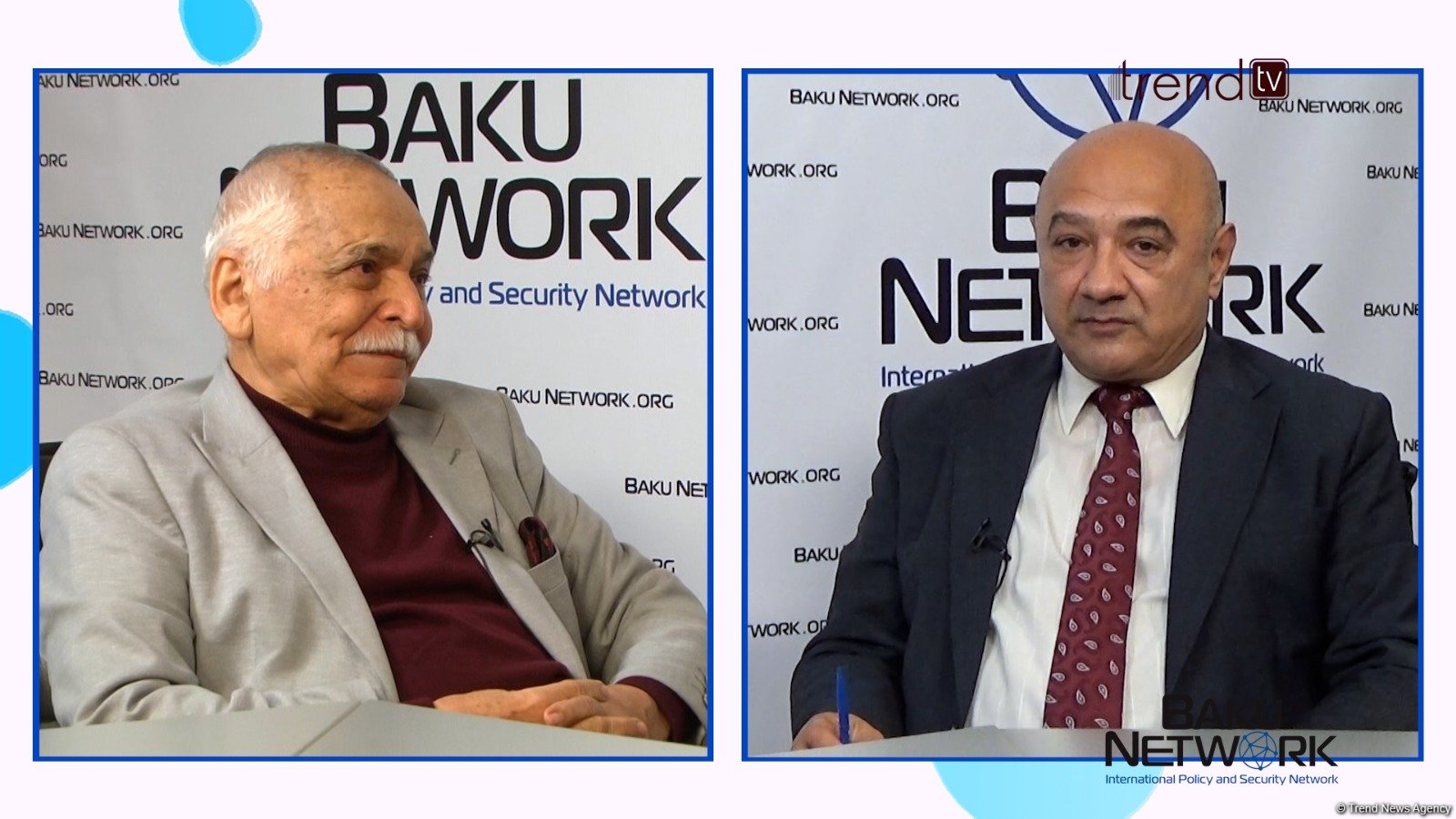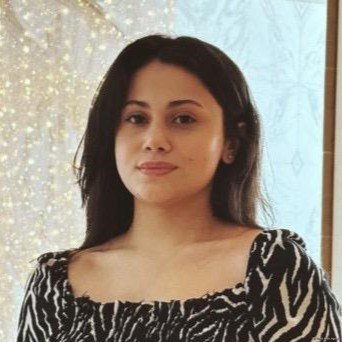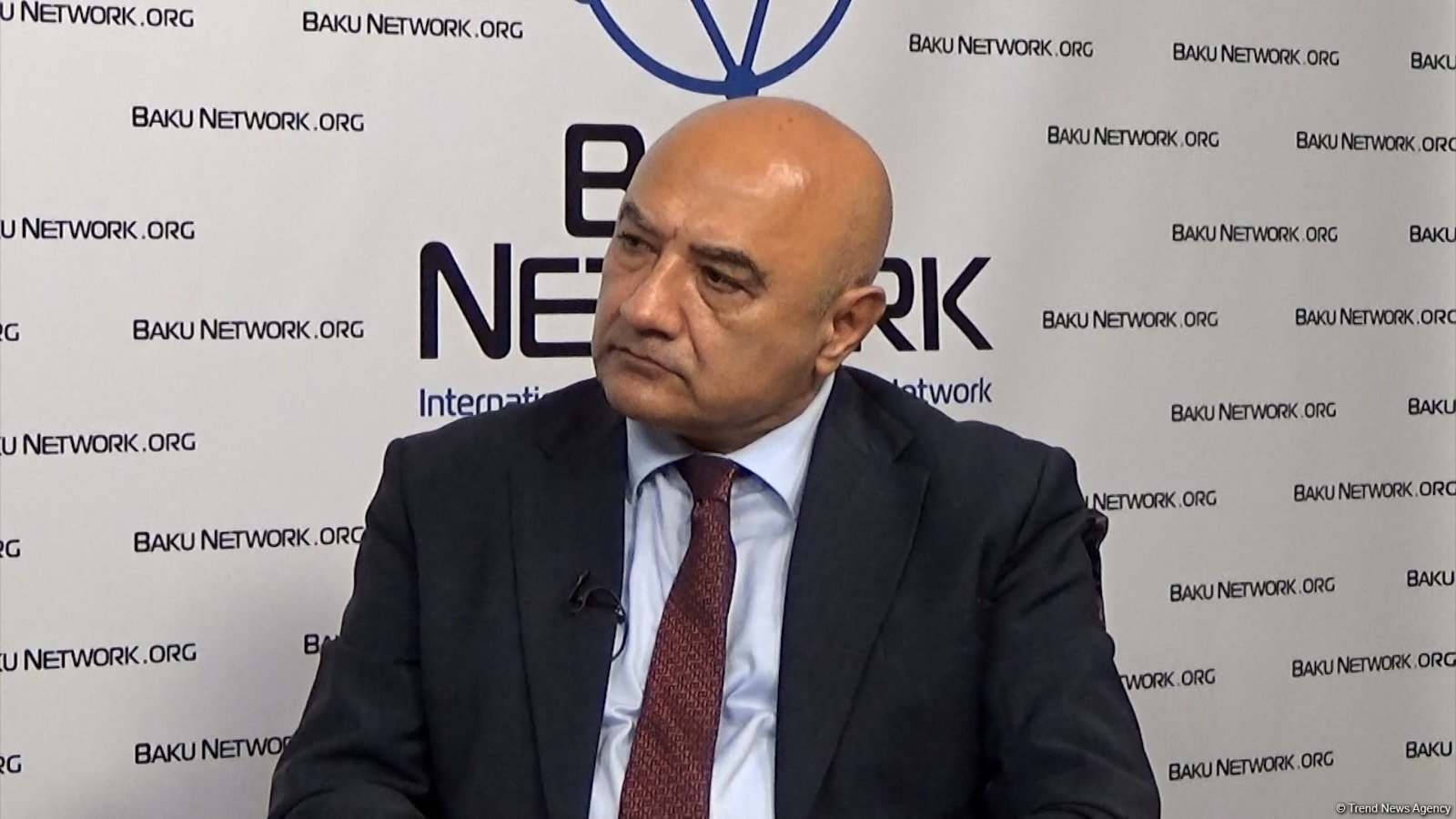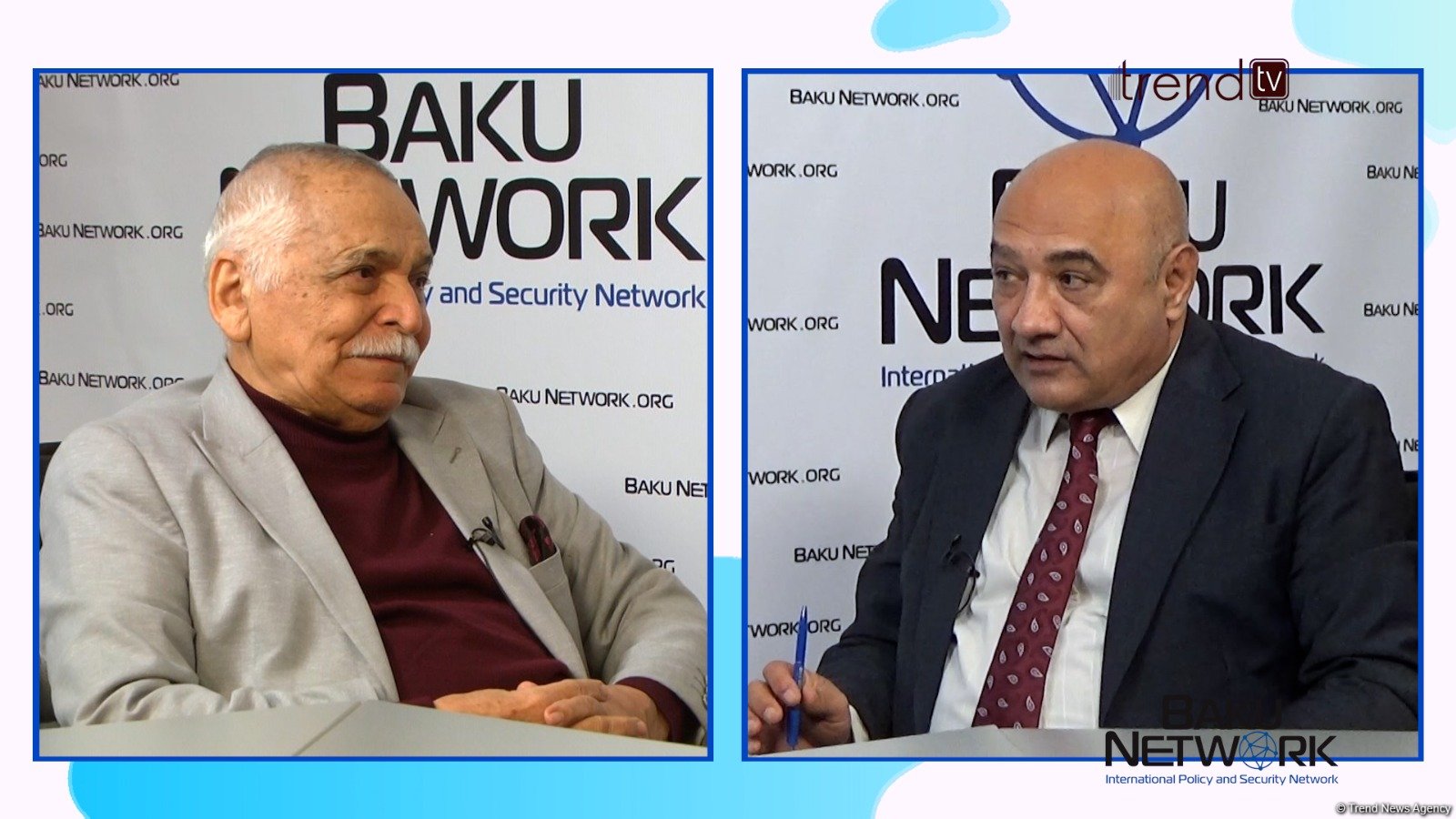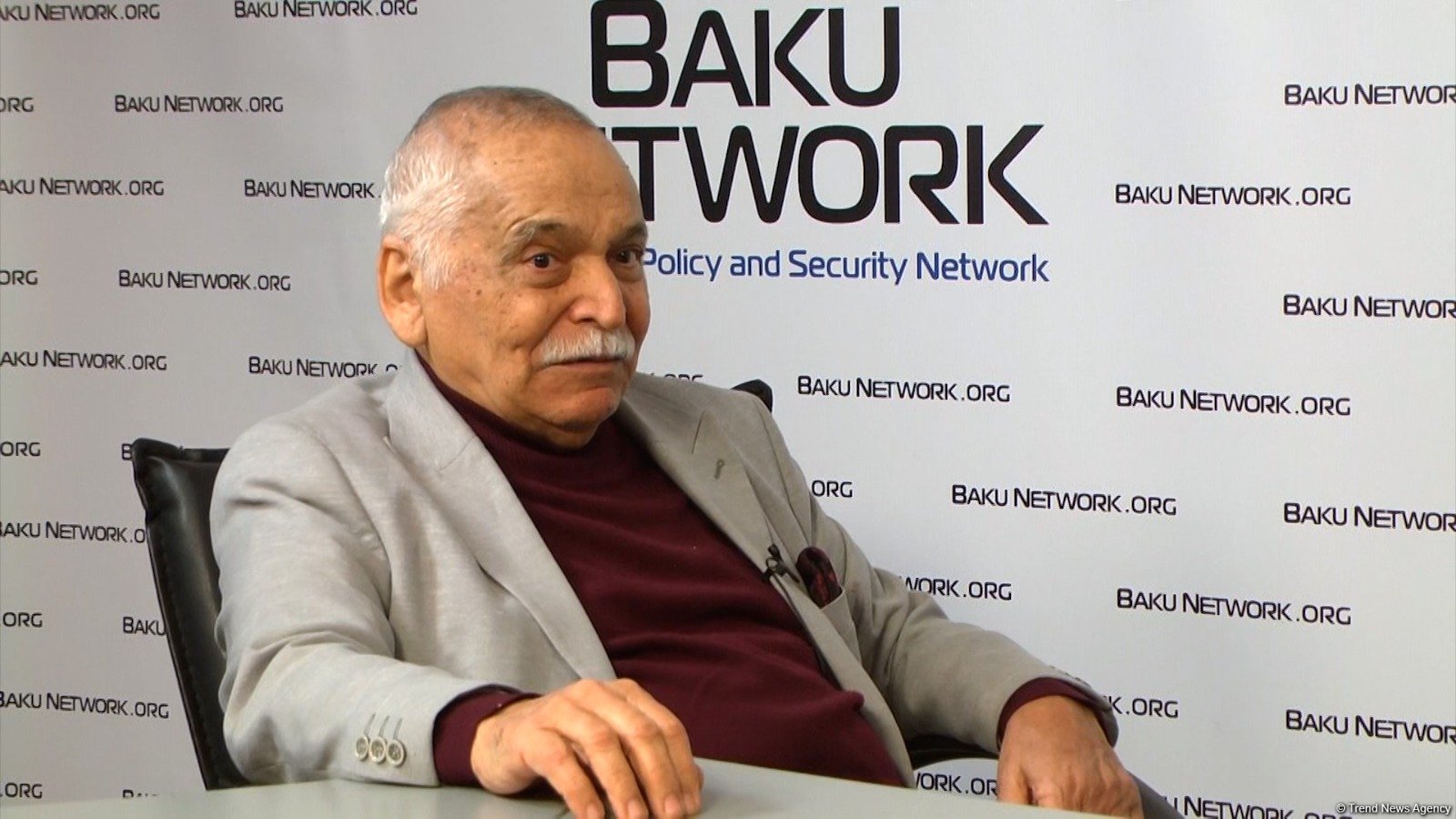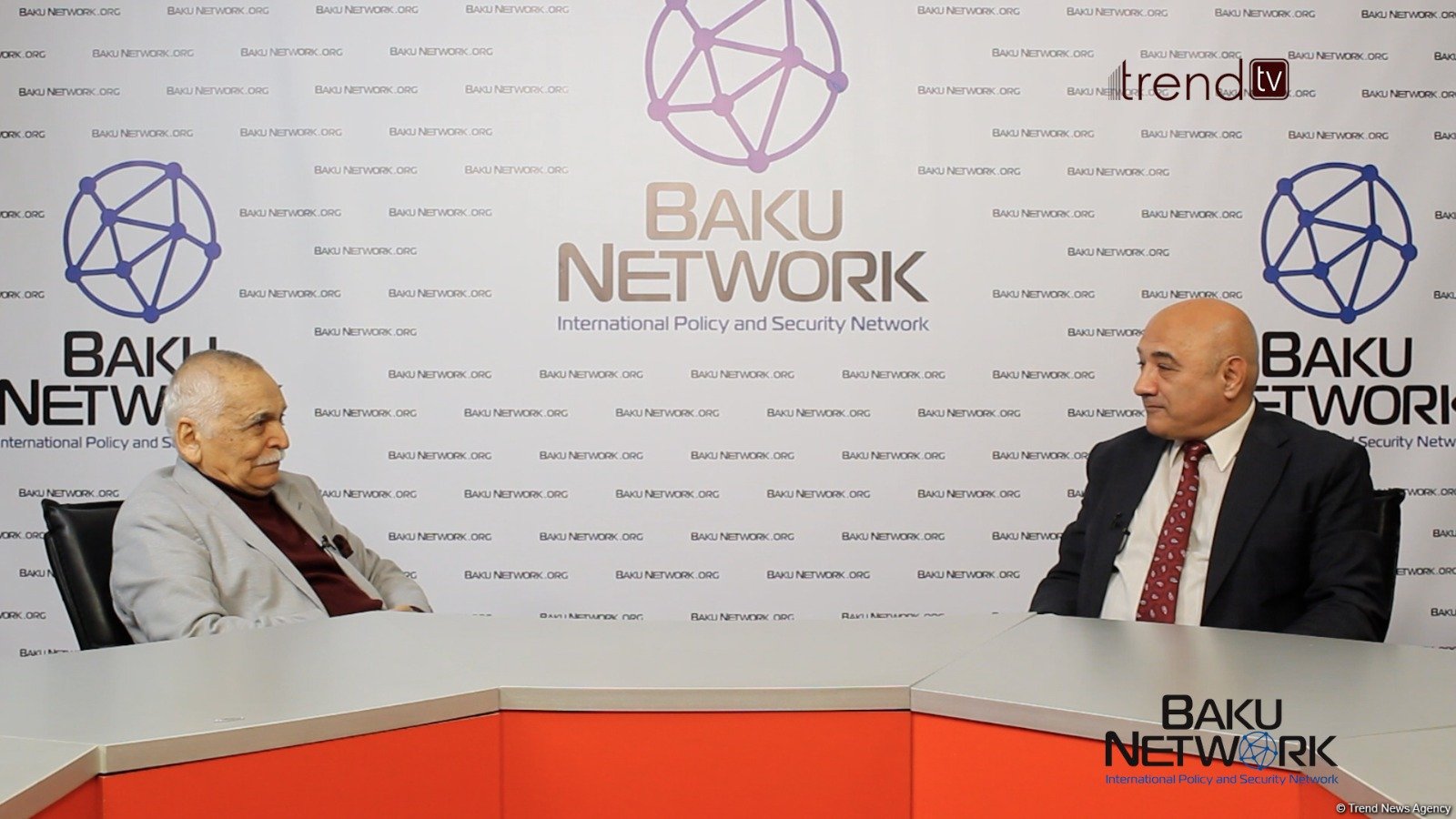BAKU, Azerbaijan, February 25. The Baku Network expert platform rolled out the latest installment of the analytical video series "Dialogue with Tofig Abbasov," Trend reports.
The guest of the program was the esteemed People's Artist of Azerbaijan, Arif Huseynov.
During the program, Huseynov opened up about his life experiences, artistic journey, and how art serves as a window into the history and national struggle of Azerbaijan.
Born and raised in the heart of Baku, Huseynov recalled the warmth and simplicity of Baku's life, where people lived like one big family. He spun a yarn about his childhood, pointing out that the war and post-war years handed him the golden nugget of wisdom—the spirit of solidarity.
"In our neighborhood, it was impossible to live in isolation. When snow fell in Baku, my friends would light fires on the road. We once wove together the threads of our possessions, creating a tapestry of shared moments and treasures," he recalled.
These cherished childhood memories, little nuggets of joy, and the kindness of others built the bedrock of his outlook on life, where human values reign supreme over the almighty dollar.
During the course of our discussions, a pivotal point in the conversation revolved around the Karabakh issue, which has not only been woven into the fabric of the People's Artist’s life but also serves as a prominent thread in his art.
"My youth was spent in the atmosphere of the struggle for the return of Karabakh. This is historical Azerbaijani land. Western Azerbaijanis want to return to their homeland, and this is their undeniable right," noted Huseynov.
Huseynov stressed the unique significance that artists have traditionally had in the course of history.
"Art is not just a reflection of reality; it is also an instrument of political and cultural struggle. Even a landscape can carry political meaning, and for my generation, who experienced two Karabakh wars, it has become part of our consciousness," he noted.
Since 2013, Huseynov has dedicated himself to creating a grand series of works titled "Karabakhname," in which he compiled architectural monuments, historical scenes, depictions of exile, and genocide.
"I spent a long time collecting materials, studying, and working on every detail to truthfully reflect the fate of Karabakh," he recalls. "It was important for me to convey the historical truth to the world."
In 2019, on the anniversary of the Khojaly genocide, the "Karabakhname" exhibition, featuring 50 graphic works, was held at the Museum of Modern Art in Baku.
After the victory in the 44-day Patriotic War, Huseynov traveled to the liberated cities and villages to capture the ruins and see everything firsthand.
"When I saw Aghdam, I was shocked—it was a ghost town. The mosques were destroyed, the cemeteries desecrated, the theater demolished," recalls the artist. "But the spirit cannot be destroyed. I created three works: 'The First Azan in Free Aghdam'—as a symbol of return; 'The Murder of the Theater'—as a metaphor for the destroyed culture; 'Shahbulag Fortress'—as a testament to resilience."
The artist gifted one of these works to Agdam, emphasizing that his mission continues.
During his visit, Huseynov encountered the shocking consequences of the Armenian occupation, including widespread vandalism of cemeteries.
"We found the grave of Allahverdi Bagirov, one of the heroes of the First Karabakh War. The Armenians desecrated his grave and hundreds of others. This is a truly barbaric act," said Huseynov, adding that these images and emotions inspired him to create new works reflecting on the tragedy.
In the conversation, Huseynov compared his work to that of Pablo Picasso, who, in 1937, created the famous painting "Guernica," capturing the tragedy of the Spanish village destroyed by bombings.
"Picasso didn't paint a 'meat grinder'—he created a philosophical piece. Art should raise questions, not shock with blood. This is the artist's task—to provide a symbol of tragedy," Huseynov added.
He also remembered Chingiz Mustafayev, who filmed the chronicle of the Khojaly genocide: "A journalist must document, and an artist must create images that will remain in memory forever."
Concluding the conversation, Huseynov stressed the crucial role of art in preserving historical memory. He is convinced that artists, writers, and thinkers must work on creating eternal images that will tell the truth to the world.
"We must convey our history through culture, art, and science. This is our mission, our weapon, and our legacy," concluded the People's Artist of Azerbaijan.

